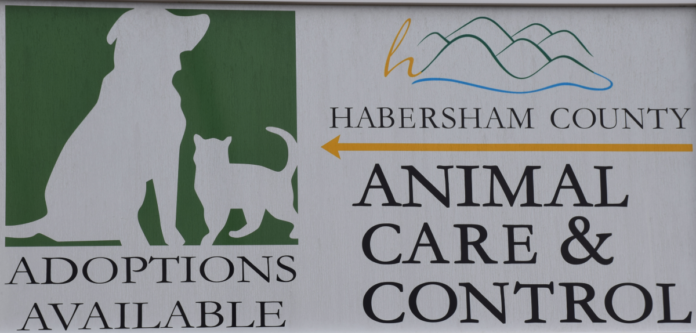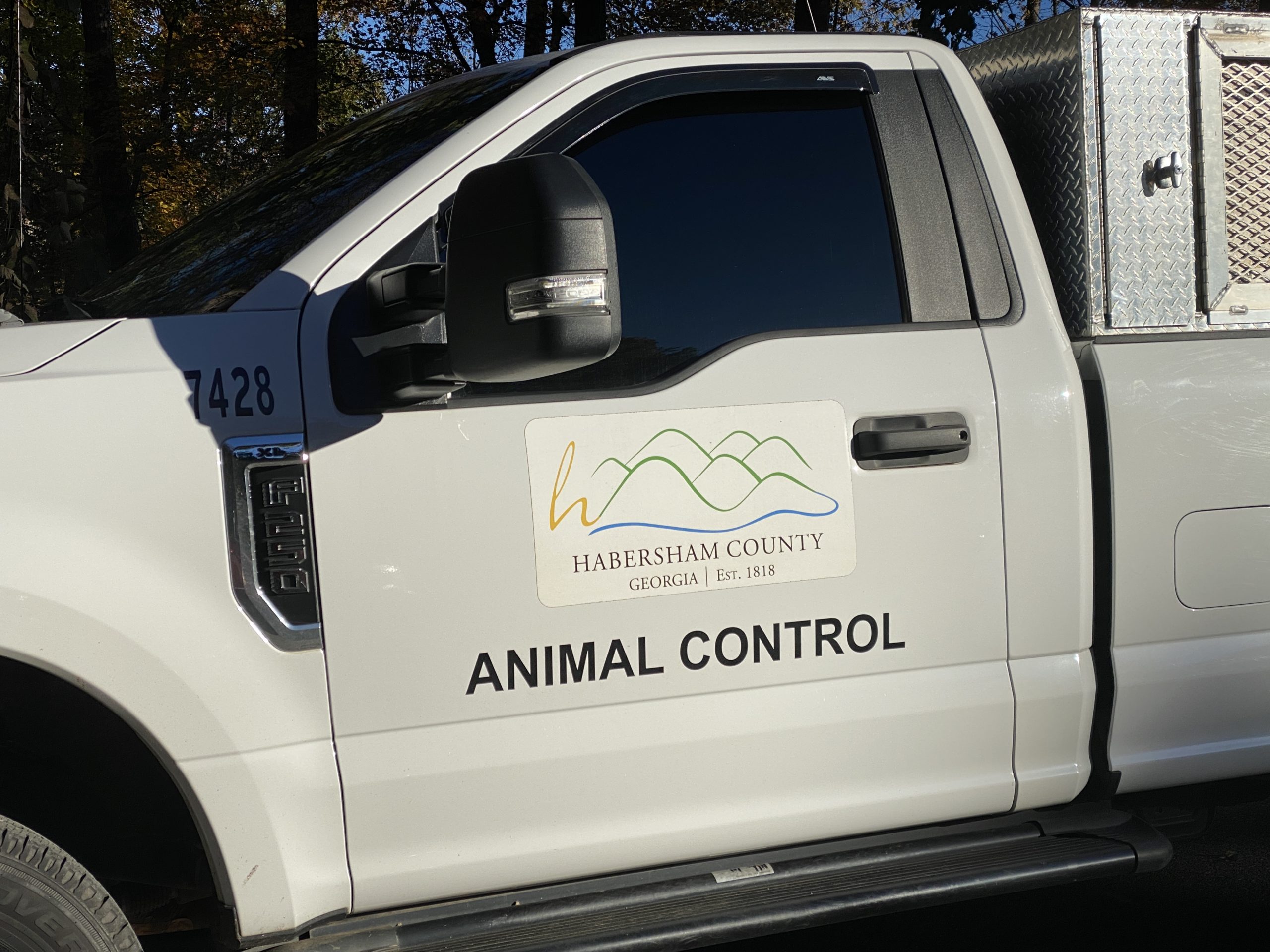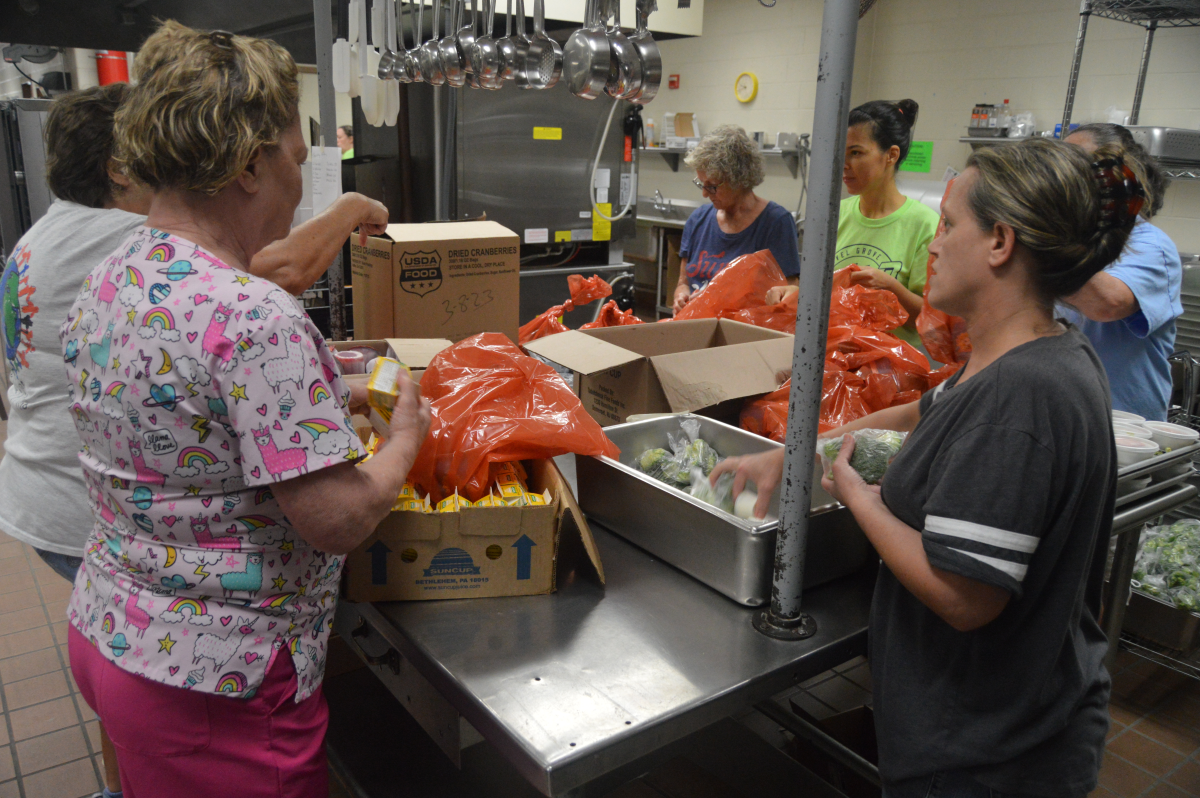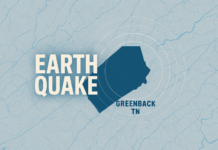
Over the last several years, Baldwin has pushed back on the cost of animal control. Habersham County provides the service under an intergovernmental agreement with the city, at a cost Baldwin has long maintained is too high.
Confusion over the numbers and how they are calculated has only led to more disagreement between the city and county.
Claims of ‘double-taxation’
Baldwin claims its residents and those of the six other municipalities in the county are being “double-taxed.” They pay both county and city taxes, but those county taxes aren’t being applied to what they pay for animal control.
Baldwin city leaders pushed for the county to account for their contributions to the overall county tax digest.
“Whatever the cost, it needs to be fair and justifiable to our citizens and taxpayers,” says Baldwin Mayor Stephanie Almagno.

In December, the county acquiesced, changing the old formula used to calculate animal control service costs to a new formula based on the county tax digest. The new formula reduced Baldwin’s rate by approximately $2,000 and resulted in Cornelia and Clarkesville getting animal control services for ‘free’ based on their oversized contributions to the county tax digest.
However, there was an error discovered in that formula as well, when it was determined the county had based its numbers on the population of all seven cities in the county. Tallulah Falls was factored in, but shouldn’t have been since Habersham does not provide it with animal control services.
Still, Alamagno and Baldwin Chief Administrative Officer Emily Woodmaster again took the issue to task and, after another revision to the formula, Baldwin’s contribution was reduced by another $10,000.
Still no signed agreement
In January, the county presented Baldwin with a new intergovernmental agreement to sign, but the city has not yet done so. That’s because its leaders contend the new calculation is faulty because it’s based on the gross digest, not the net.

Woodmaster says she has been trying to tie down the county finance managers’ numbers for several months. She shared those numbers with Now Habersham.
The CAO says that while significant strides have been made to make the formula more fair, the county “moves the goal post” when it comes to reaching an agreement with justifiable numbers.
Woodmaster says the county benefits by using the gross digest because it has a higher tax exemption percentage than the cities do. She wants the formula revised again to reflect the net digest, on which millage rates are based.
Under that calculation, Baldwin’s overall contribution would drop nearly $9,000 more, reducing its overall cost for animal control services to $9,673 – an overall reduction of almost $21,000 over what the county originally proposed last year.

Call volume not factored into overall cost
Although Habersham’s other municipalities have all signed their IGAs for animal control services, they’re taking notice. Mt. Airy Mayor Ray McAllister questioned why the number of animal control calls in each city was not factored into the equation. Baldwin management questioned the call volumes as well.
Commission Chair Ty Akins responded in an email to Woodmaster last month, saying animal control responded to 2,041 calls countywide between September 2022 and September 2023. Based on that call volume, each animal intake costs the county $469.
The county does not factor call volume into what it charges the cities, even if some use the service far more than others.
Baldwin hopes for a resolution to the matter but, for now, continues to challenge the fairness and justifiability of how the county calculates what it charges the city for animal control services.







